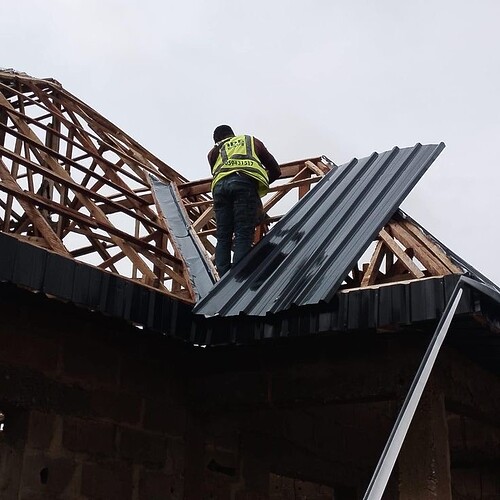As a homeowner, dealing with roof damage or wear and tear can be a stressful experience. While repairs might seem like the most cost-effective solution, there are instances where roof replacement is the better option. In this article, we’ll explore the scenarios where replacing your roof is more beneficial than repairing it.
Age of the Roof
One of the primary factors to consider is the age of your roof. Most roofs have a lifespan of 20 to 30 years, depending on the material and quality of installation. If your roof is nearing or has exceeded its expected lifespan, replacement might be the better choice.
Extent of Damage
If your roof has suffered extensive damage due to weather events, accidents, or wear and tear, repairs might not be enough. In such cases, replacing the entire roof ensures that your home remains safe and secure.
Type of Roofing Material
Different roofing materials have varying lifespans and repair requirements. For instance:
- Asphalt shingles: Can be repaired, but if the damage is extensive, replacement might be more cost-effective.
- Clay or concrete tiles: Can be repaired, but if the damage is widespread, replacement might be necessary.
- Metal roofs: Can be repaired, but if the damage is extensive, replacement might be more cost-effective.
Cost Comparison
While repairs might seem like the cheaper option upfront, they can lead to more expensive problems down the line. Consider the following:
- Repair costs: Multiple repairs can add up over time, eventually exceeding the cost of a new roof.
- Energy efficiency: Older roofs can be less energy-efficient, leading to higher energy bills. A new roof can provide better insulation and reduce energy costs.
- Safety and liability: A damaged roof can pose safety risks and increase liability. Replacing the roof ensures a safe and secure living environment.
Signs That Roof Replacement is Necessary
Keep an eye out for these signs that indicate roof replacement is the better option:
- Leaks and water damage: Recurring leaks and water damage can indicate a larger problem.
- Missing or damaged shingles: Widespread damage to shingles can compromise the roof’s integrity.
- Curling or buckling shingles: Shingles that are curling or buckling can indicate aging or damage.
- Daylight showing through the roof: Gaps or holes in the roof can let in daylight and indicate a need for replacement.
Conclusion
While repairs can be a cost-effective solution for minor roof damage, there are instances where roof replacement is the better option. By considering the age of your roof, extent of damage, type of roofing material, and cost comparison, you can make an informed decision. Remember to keep an eye out for signs that indicate roof replacement is necessary, and consult with a professional roofer to determine the best course of action for your home.

